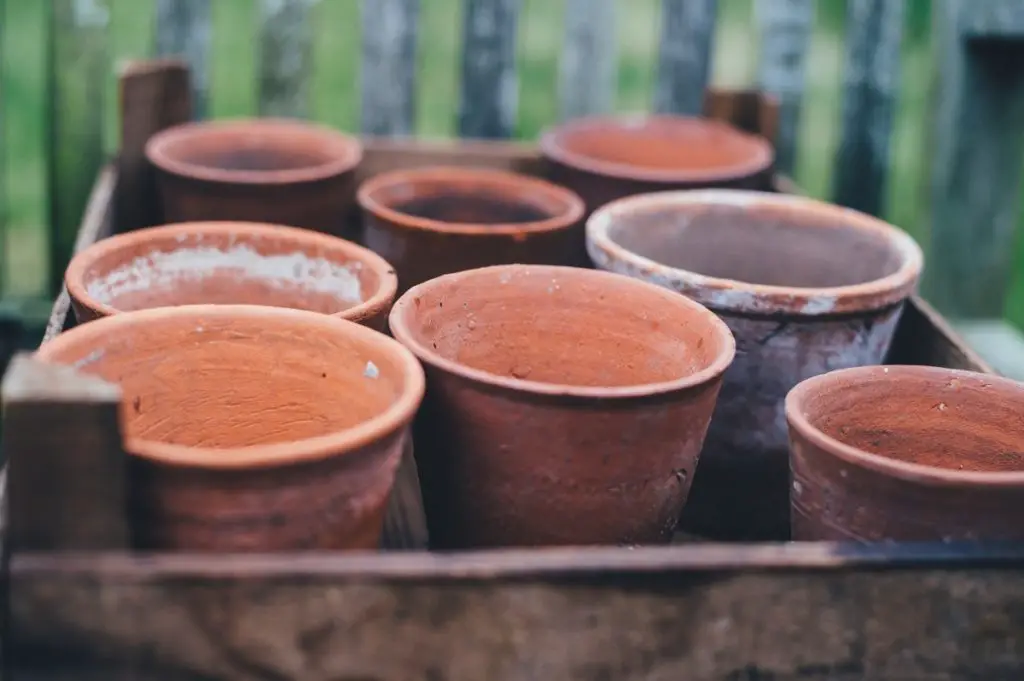Well, pottery items are made up of clays that are structured, dried, and later fired with a particular finish to derive out a certain decorative masterpiece. However, when it comes to inscribing letters on clay items, you will require a steady hand and continuous practice.
To write on clay, using the right glaze is vital for smooth scripting on the pottery. Apart from this, you will need to learn a few techniques for writing on clay pottery. Now, through this article, we will discuss the several techniques that can be used for applying letters in clay pottery items.
Etching
This method involves slicing or scratching through one layer of glaze to uncover another layer of coating, and then there is an addition of two different layers of hues/colors that are later dried. The tools used make it a significant factor to determine the thickness of the line.
After scraping the clay with a particular illustration, the letterings can be sponged and wiped back with glaze to settle the glaze into the engraved area. Rubbing up the clay with a finger can be helpful to wipe off any blunder that has been made.

Slip Trailing
It is the easiest method to apply the raised letters. Generally, this type of decoration requires squeeze bottles, filled with ink or glaze, that can be found in any craft store or ceramic suppliers.
The reason behind using these bottles is that the bottles come with several interchangeable sharp-tipped nozzles of various diameters. Xiem Lightweight Precision Applicator is one such squeeze bottle that comes with three types of nozzle diameters and is widely used in slip trailing. While some bottles come with added glaze on the bottle itself, if it is not filled, you have to fill the color of the glaze in the bottle that you want to apply to the piece.
Brushes
Letterings can be put on clay sets with the help of a script or liner brush. Some good quality sable brushes can be purchased that renders high-quality output by adding more glaze and smoother strokes. With the help of these brushes, lettering can be applied in the dried-up background glaze. The lettering should be adequately fired in the kiln after drying it up.
Letterings can be applied on leather-hard clay with these similar brushes following the same procedure of first drying it up, and then introducing it to the kiln for heating. These brushes can be used for hand-painting and to hand-write names and other things in the pottery.

Underglaze Pencils
These underglaze pencils can be used to write several things on the lower part of the piece, as these pencils make it certain that the colors don’t stick to the glaze. These pencils provide tints or hues for shading behind any letter or in the piece itself. It can also be used for fine line drawing. The biggest advantage of using underglaze pencils is that it provides colors that are devoid of lead.
Alphabet Rubber Stamps on Clay Pottery
Inscribing letters with the help of rubber stamps is also effective for writing several things on the clay pottery.
Conclusion
Variously engraved names or objects on clay pottery never fail to gain attention from the human eyes. Thus, this makes it mandatory to present these clay structures properly. So, one should follow these techniques to write or apply inscriptions on clay pottery.







